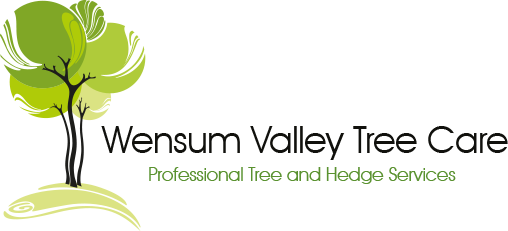

Copyright © Wensum Valley Tree Care 2025

“
”
Free quotes and a friendly, reliable service For further details or to arrange a FREE quote, please contact us





After we arrange a convenient time for you, I will carry out a site visit assessing your trees, discuss your requirements and offer our recommendation for work required.
Then, a free, no obligation written quote, clearly listing work and cost will be sent to you. Once our quote has been accepted we will schedule work to begin on a date that is convenient for you.
We will also carry out all the relevant local authority checks upon our quote being accepted. If your trees are protected by a Conservation Area or a Tree Preservation Order (TPO), we will complete all the relevant paperwork for the applications on your behalf before work begins.
On completion of the work, the site will be left clean, tidy and safe.
So, what happens if you need help with your tree care?
Qualified to NPTC standard
Fully qualified with over 8 years experience
Full public liability insurance for piece of mind

Tree services

Tree services offered
This is the process whereby the outline of the canopy is reduced by selective pruning, from the branch tips back to appropriate growth points (branches) further within the crown.
The diameter of the remaining growth point (branch) should be n o less than one third of the branch removed. This process is specified in metres, e.g. Carry out crown reduction by approximately 2m to appropriate growth points.
o less than one third of the branch removed. This process is specified in metres, e.g. Carry out crown reduction by approximately 2m to appropriate growth points.
Heavy reductions removing more than 30% of the trees canopy are not usually recommended as the tree can lose too much of its energy reserves and therefore react badly to the process.
The resulting reduced tree should maintain a natural look and structure appropriate to the species of tree.
Crown reduction

This is the process whereby selective pruning is carried out to reduce the density of live branches.
This allows more light to pass through the canopy and reduces the weight loading on the branches.
This process is specified as a percentage, e.g. Carry out crown thin by 20%.
It is generally recommend that no more than 30% of the trees canopy be removed at any one time.
Crown thinning


This is the process whereby selective pruning is carried out removing lower branches from the trees crown, to provide clearance and allow light to enter from under the crown.
This is specified in metres from ground level, e.g. Carry out crown raising / lifting by 6m.
This is usually done to provide clearance over roads, footpaths or building.
Crown raising/lifting


This is the process whereby the tree is reduced down to a specified height above ground level, removing the entire crown and reducing the height of the stem/stems.
This often results in multiple shoots developing near the finishing cuts, but in some species (Lime) shoots can develop along the length of the stem.
Once a pollarding point has been established all further pollarding should be done to this point, unless it is deemed there is too much decay present and is therefore unsafe, in which case a new pollard is created below on healthy wood.
Pollarding can be species dependant, with species such as Willow and Lime for example producing good results with the tree most likely recovering well.
It produces best results on young trees and can be used as a form of management.
Pollarding on old mature trees can produce mixed results, as when removing a large percentage of the trees canopy and stem it is deprived of its energy reserves.
If the tree loses to much of its energy reserves it can die, careful consideration must be given therefore when deciding to undertake pollarding.
Pollarding


Pollard completed

3 months new growth

Pollarding of Willow
This is the process whereby the tree is felled to ground level in one complete section.
Often with the aid of pull lines / rigging systems, wedges, jacks or felling levers.
Used mainly if clearing areas or there is sufficient room to fell a single tree in its immediate area.
Felling

This is the process by which a tree is removed in sections, often in confined restricted spaces.
This process is often aided by using lowering / rigging equipment and systems to control the descent of sections.
This process is often carried out by a climber ascending the tree with the aid of ropes and harness.
The tree is dismantled, allowing sections to free fall where safe to do so, or lowered/rigged out by placing equipment in the tree if there are obstacles beneath or it is unsafe to let sections free fall.
Sectional dismantle








1 year new growth






| Gallery 1 |
| Gallery 2 |
| Gallery 3 |